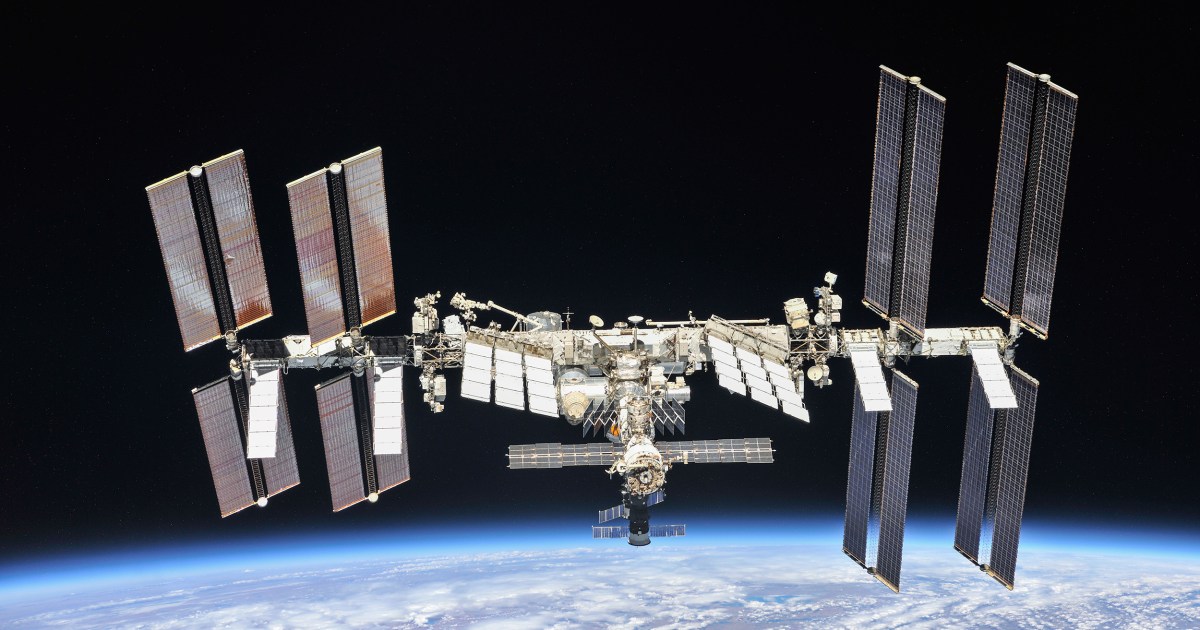The International Space Station (ISS) is set to be decommissioned in 2031, at which point it will have spent three decades orbiting Earth.
But NASA doesn’t want to leave the 356-feet-long (109 meters) facility drifting in orbit as it would add to the growing amount of hazardous space junk already in low-Earth orbit, and would risk creating even more if it collided with another object.
To ensure its safe destruction, the space agency will use a so-called “space tug,” officially known as the U.S. Deorbit Vehicle (USDV), to guide the ISS to a safe position whereupon it will descend at speed and mostly burn up in Earth’s atmosphere. However, some parts could survive the rapid descent, and so the deorbit maneuver must be carefully planned and executed to eliminate the possibility of any chunks of the ISS landing on a populated area.
In preparation, NASA recently called for proposals for a new space tug design — or modification to an existing spacecraft — to assist with the crucial deorbiting maneuver, adding that the selected design is expected to take years to develop, test, and certify.
According to comments made in March by Kathy Lueders, the then chief of NASA’s human spaceflight program, the final cost of the tug could reach almost $1 billion.
NASA and its partners had been considering using a Russian Progress spacecraft to carry out the deorbiting operation, but it’s now been decided that a new spacecraft solution would provide more robust capabilities for a what NASA described as a “responsible” deorbit.
The U.S., Japan, Canada, and the participating countries of ESA (European Space Agency) have committed to operating the orbital outpost through 2030, while Russia will keep cosmonauts on board through at least 2028.
Designing, building, and deploying the ISS pushed engineering innovation to the limit and promoted both scientific research and international cooperation. But the structure’s aging design is starting to show, and maintenance is becoming increasingly challenging in the face of rising costs.
With NASA keen to maintain a human presence off-Earth, the agency is tapping a number of private companies that have ambitions to deploy their own space stations in the coming years.
Editors’ Recommendations
Denial of responsibility! TechCodex is an automatic aggregator of the all world’s media. In each content, the hyperlink to the primary source is specified. All trademarks belong to their rightful owners, and all materials to their authors. For any complaint, please reach us at – [email protected]. We will take necessary action within 24 hours.
Alex Smith is a writer and editor with over 10 years of experience. He has written extensively on a variety of topics, including technology, business, and personal finance. His work has been published in a number of magazines and newspapers, and he is also the author of two books. Alex is passionate about helping people learn and grow, and he believes that writing is a powerful tool for communication and understanding.


